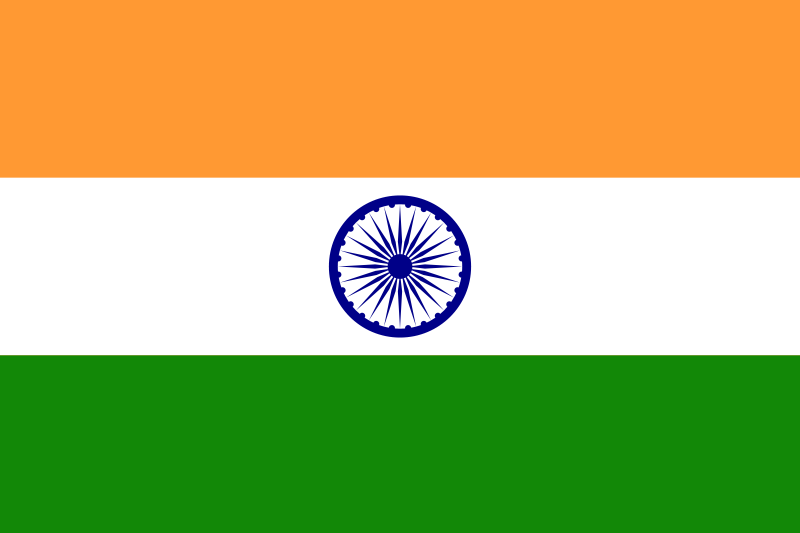May 2016, Vol. 243, No. 5
Web Exclusive
India May Lose Prize Iranian Gas Field To Saudi Arabia

India’s state-owned oil and gas giant ONGC risks losing a massive Persian Gulf gas field in a contracting hurdle, as it races against Saudi Arabia to extract gas reserves from two fields spanning the Iran-Saudi Arabia border.
India’s flagship explorer does not have the necessary contract to exploit the over 12 trillion cubic feet of recoverable reserves at the Farzad-B field in the Persian Gulf.
ONGC discovered the field in 2008, but hasn’t managed to strike a deal with Iran since, though Prime Minister Narendra Modi’s planned visit to Iran has since raised expectations of positive forward movement.
A portion of Farzad-B extends into territorial waters controlled by Iran’s regional arch-rival, Saudi Arabia. Saudi Arabia has already drilled wells and begun producing at the field within its territory, which it has named the Hasbah field.
Both the Farzad-B and Hasbah fields are connected, with the area falling in Iranian territory holding the larger share of 12.5 Tcf (trillion cubic feet) of recoverable reserves, while the Saudi territory has approximately 3 Tcf.
The catch is this: Since the two fields are connected, whoever moves first will extract more benefits.
Experts believe that the gas reserves in Farzad-B field in the Persian Gulf may be drawn out by neighbouring Saudi Arabia while ONGC Videsh Ltd. (OVL)–the overseas arm of ONGC—gets caught up in red tape. Saudi Arabia has already drilled wells on the area and aims to exploit its advantage.
Prime Minister Modi’s two-day Iran visit early this week (May 23-24) might offer some ray of hope. If the Iranian government hands over developmental rights for the Farzad B field to ONGC Videsh Ltd, then it may be able to extract the gas before the Saudis.
ONGC has already invested about US$100 million in the gas project.
A definitive contract for the development of the field is likely to be signed during Modi’s visit. OVL had earlier submitted a US$4.3 billion master development plan, but Iran has yet to agree to it. Moreover, Iran is yet to agree to the price at which OVL can take the gas produced from the field.
As part of the earlier program, Iran had agreed to pay a fixed price to OVL for its efforts discovering and producing gas, but the ownership rights were to stay with Iran. As per the new modified contract however, part ownership of the gas produced will be with OVL and, as such, Iran is now quoting a higher price.
Once the issues related to investments and gas price are settled, which will likely be by late August 2016, an agreement confirming development rights for OVL will be signed. Only after that will negotiations on various other issues including marketing rights be finalised. The entire process is set to take over a year.
The Iranian Parliament is yet to approve the new Iran Petroleum Contract, under which the Farzad-B field is to be given to the OVL-led consortium.
Fear of being sanctioned by the U.S. and Europe has so far kept India from claiming rights to invest nearly US$7 billion in the gas field in Iran. But, following the lifting of sanctions on Iran, India is making a renewed pitch to develop the 12.8 trillion cubic feet of gas reserves that OVL found way back in 2008.
Following the meeting between Iran’s and India’s petroleum ministers in April, the two countries agreed to discuss the financial terms and development plan of Farzad B in a time-bound manner so as to conclude the discussions by October 2016.
It is unclear which way this will go, but with Saudi Arabia for now appears to have the edge.
By Charles Kennedy of Oilprice.com





Comments